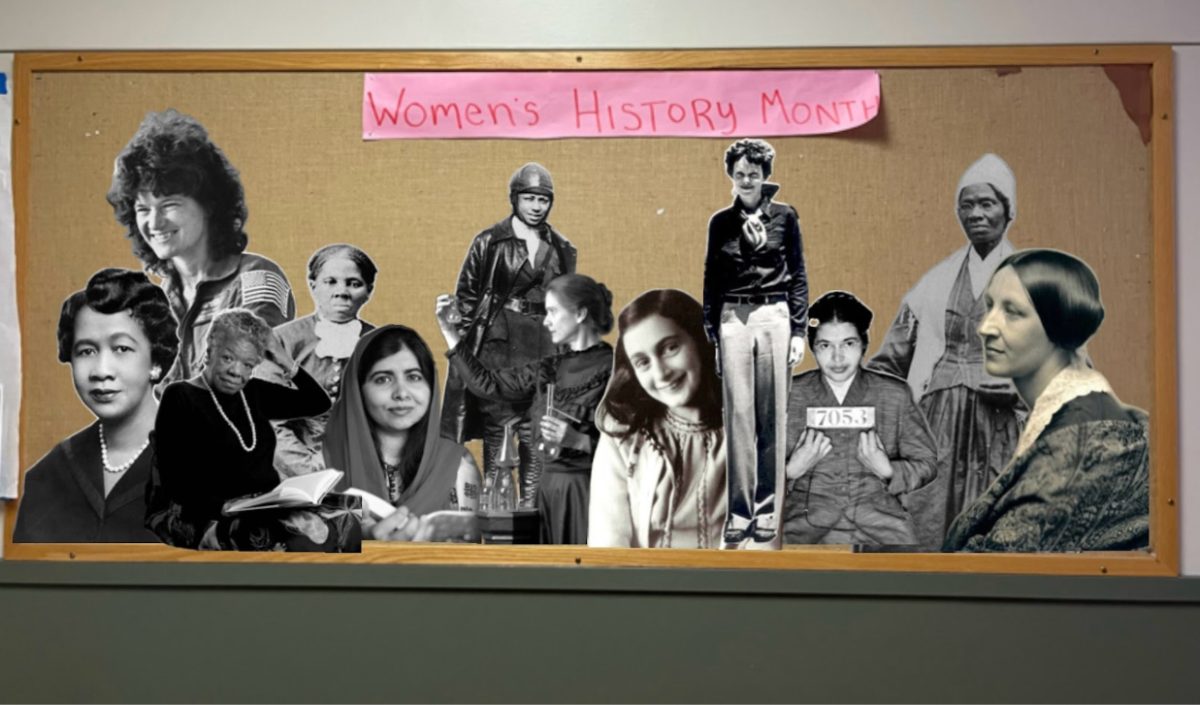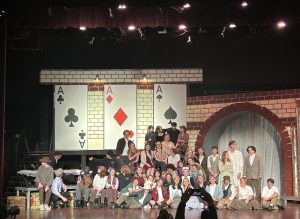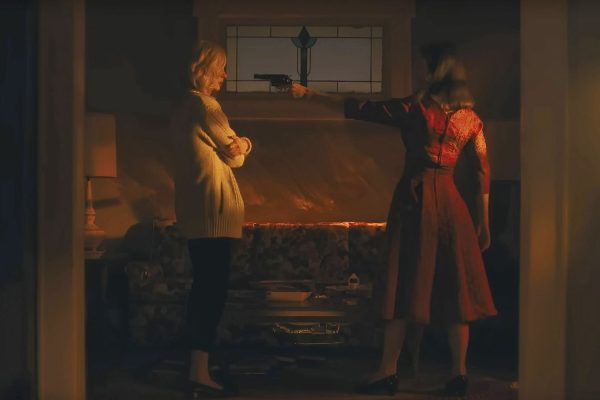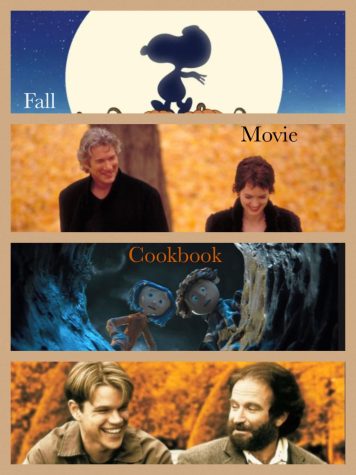Dunkirk
February 7, 2020
On July 21, 2017, Bendites filled the Old Mill movie theater once again. Giddy viewers streamed into the theaters to see the first screening of Dunkirk, a film that would later stand at the forefront of sound design in film. The speakers breathed iron into the air, jolting the guests to the edges of their seats- erecting them as if the moviegoers were soldiers at attention. The theater flooded with sound. Sound that burned your nose like the stench of bloodsoaked sea salt. Sound that tickled your skin like the near-miss of a bullet.
These sounds make up a facet of filmmaking that solidifies its genius and dignity as an artform: the musical score. A good score not only tells a story, but elicits an emotional or perhaps even physical response from the viewer. This duality establishes music as perhaps the most significant periphery discipline of filmmaking.
The academy award winning film, Dunkirk, was celebrated for its masterful blend of soundtrack and visuals, which culminated into its famously realistic and bone-chilling depiction of The Battle of Dunkirk in 1940. Hans Zimmer, the musical composer, and Director Chistopher Nolan worked closely to ensure that the film’s music blended seamlessly with its breathtaking cinematography. In a Deadline interview, Zimmer went so far as to describe his work as a “co-score” with Nolan.
The coordination between Nolan and Zimmer is clear. The film oozes with long, expansive shots packed to the brim with war imagery- taut with the icy grip of suspense. Dialogue is sparse and minimal, leaving a vacuum for the captivating score to push the story along the bloodied beaches of Dunkirk.
The plot is tackled in a trilinear fashion, depicting the horrors of warfare from land, sea, and sky. The score accommodates these settings, mixing the music to resemble the crushing nautical pressure of a German U-boat, or the deafening buzz of an RAF fighter plane.
Zimmer’s task was a near impossible one. He endeavored to create a score that not only captures the suspense of a WWII combat setting, but also to nudge the plot along in the place of dialogue. It was these requirements that convinced Zimmer that an Objective Score would work best- that is, a score that doesn’t appeal to emotion.
The score isn’t heroic, it isn’t heartfelt. In Zimmer’s own words: “You have to think about it. It comes from a much darker place”. The intention is to mirror the visuals, and foster a maddening amount of suspense. Zimmer achieves this through a series of tricks and auditory illusions, some of which he has kept secret.
The most famous of Zimmer’s tools is the Shepard’s tone, an illusion in which an arpeggio ascends seemingly indefinitely. It leads the listener down a corridor of suspense, bringing them to a climax that has no assurance of even existing. This effect is most apparent in “The Mole”, but it’s laced under every track in the score. Also featured in “The Mole” is the nervous ticking of a watch along with the underlying moan of a sonar reading.
By Zimmer’s own account, there is much more going on in these songs than even the most attentive listener could glean, “there is a secret underlying this whole score that we’re not going to give away. Let somebody figure it out.”
The synergy between the elements of Dunkirk’s composition is not just some film-buff fan service. It leads to a noticeable, tangible increase to the quality and aesthetic of the art. It doesn’t take a musical genius or the most perceptive viewer to appreciate this level of unity.
Hans Zimmer and Christopher Nolan created something beautiful in Dunkirk. They perfected the symbiosis of filmmaking, and captured the imagination of casual viewers. Dunkirk stands at the pinnacle of filmmaking as an art form, and it should serve as a powerful example of music’s abstract capabilities.



































































